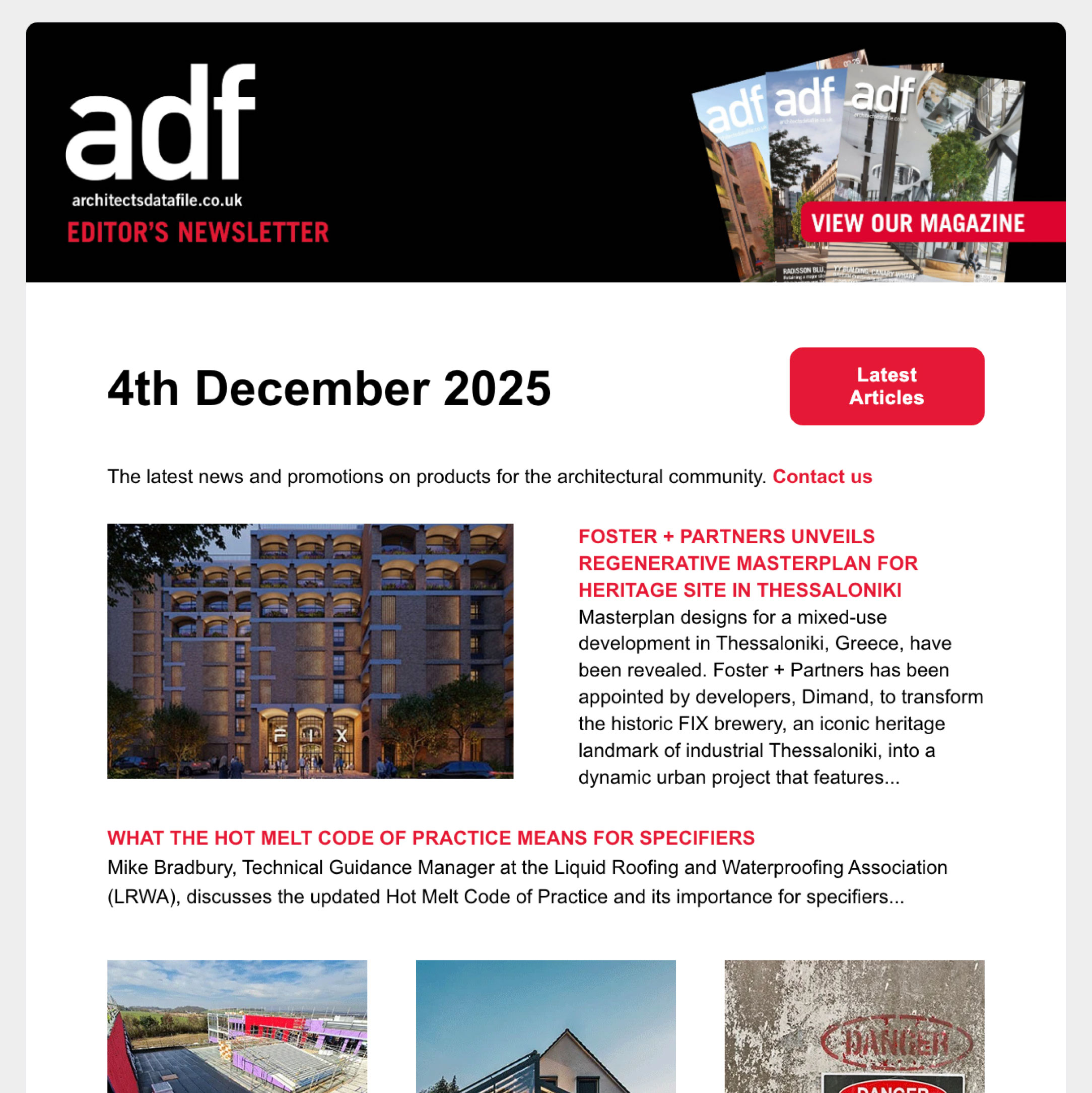Jane Elvins, Specification and Business Development Manager at GEZE UK, delves into the role of access control systems in enhancing building safety.
In today’s environment, ensuring building safety has become a top priority for businesses. Access control systems – including speed gates, turnstiles, and revolving security doors – are instrumental in enhancing the safety and security of modern structures such as office buildings, airports, data centers, stadiums, and gyms.
First of all, when reviewing manufactures of these systems, its imperative to ensure they are adhering to the EN 17352:2022 standard. This specifies the requirements and test methods for power operated pedestrian entrance control equipment, as well as the level of safety which can be expected of each product type.
With that in mind, let’s now explore how access control systems can play a crucial role in building safety:
Preventing Unauthorised Access: The primary function of access control systems is to prevent unauthorised access to restricted areas within a building. Speed gates, turnstiles, and revolving security doors work by allowing only individuals with valid credentials – such as access cards, biometric scans, or keypads – to enter. This prevents unauthorised persons from entering sensitive or secure areas, such as offices, server rooms, or executive floors.
Speed gates, in particular, are widely used in high-traffic areas, offering both speed and security. They allow quick passage for authorised individuals while stopping unauthorised access in its tracks. Turnstiles provide a more robust physical barrier, ensuring that people can only enter one at a time, reducing the risk of tailgating or unauthorised group entry.
Mitigating Security Threats: Access control systems help mitigate a wide range of security threats. For instance, they reduce the likelihood of theft, espionage, or vandalism by restricting access to sensitive areas. In a corporate building, this could mean protecting proprietary data in a server room or safeguarding valuable physical assets. By controlling who enters and exits a building, access control systems also reduce the potential for workplace violence and other physical threats.
In high-risk environments, such as government buildings, data centers, or airports, access control systems act as a critical first line of defence against terrorism or other malicious activities. The combination of physical barriers, surveillance integration, and real-time monitoring provides a comprehensive security approach.
Monitoring and Audit Trails: Another significant advantage of these systems is the ability to create detailed audit trails. Every time someone enters or exits a building, the system records the event. This data can be reviewed later, providing valuable insights into who accessed particular areas and when. For organisations, this means they can monitor employee movement, track incidents, and ensure compliance with security protocols. Additionally, audit trails are essential for investigations after a security breach, helping authorities quickly identify the source of the issue.
Enhancing User Experience and Operational Efficiency: Access control systems not only improve security but also enhance user experience. By allowing seamless, frictionless access to authorised individuals, these systems reduce the need for manual checks or queues. This is especially valuable in high-traffic areas where efficiency is key.
Speed gates, turnstiles, and revolving security doors provide a quick and easy way for people to move through entrances while maintaining tight security. This efficiency ensures that security is maintained without hindering the flow of employees, visitors, or customers.
Cost Savings in the Long Run: While the initial cost of installing an access control system might seem significant, the long-term benefits outweigh the investment. By reducing the risk of theft, vandalism, and unauthorised access, building owners and managers can save money on repairs, replacements and insurance premiums. Additionally, the increased efficiency and streamlined management of building access can reduce labour costs, as fewer personnel are needed to monitor access manually.
The cost savings extend to time management as well. With an automated access system, employees and contractors don’t need to spend time signing in and out manually, and building security personnel can focus on more strategic security tasks, rather than performing routine checks.
GEZE Solution: PACE (Pedestrian Access Control Equipment) – Using TiSO product technology
These systems are designed to manage and control access for individuals, commonly used in locations such as data centers, airports, train stations, stadiums, and other public spaces or areas with heightened security needs. You can choose from various options, including speed gates, turnstiles, or revolving security doors. We offer the ideal solution for a wide range of requirements. Our designer options are an excellent fit for modern buildings, blending effortlessly with your architectural design.
All products are manufactured in strict compliance with international standards and meet all modern, quality, safety, design and usability requirements, such as EN 17352:2022
To find out more about PACE, click here.
CPD Presentation
If you are interested in learning more, GEZE offers a range of RIBA approved CPD presentations. To find out more and book a space, visit: Trainings and seminars (CPD) | GEZE
For any general enquires, please contact us via our website or email:
Website: Contact | GEZE
Email: info.uk(Replace this parenthesis with the @ sign)geze.com



